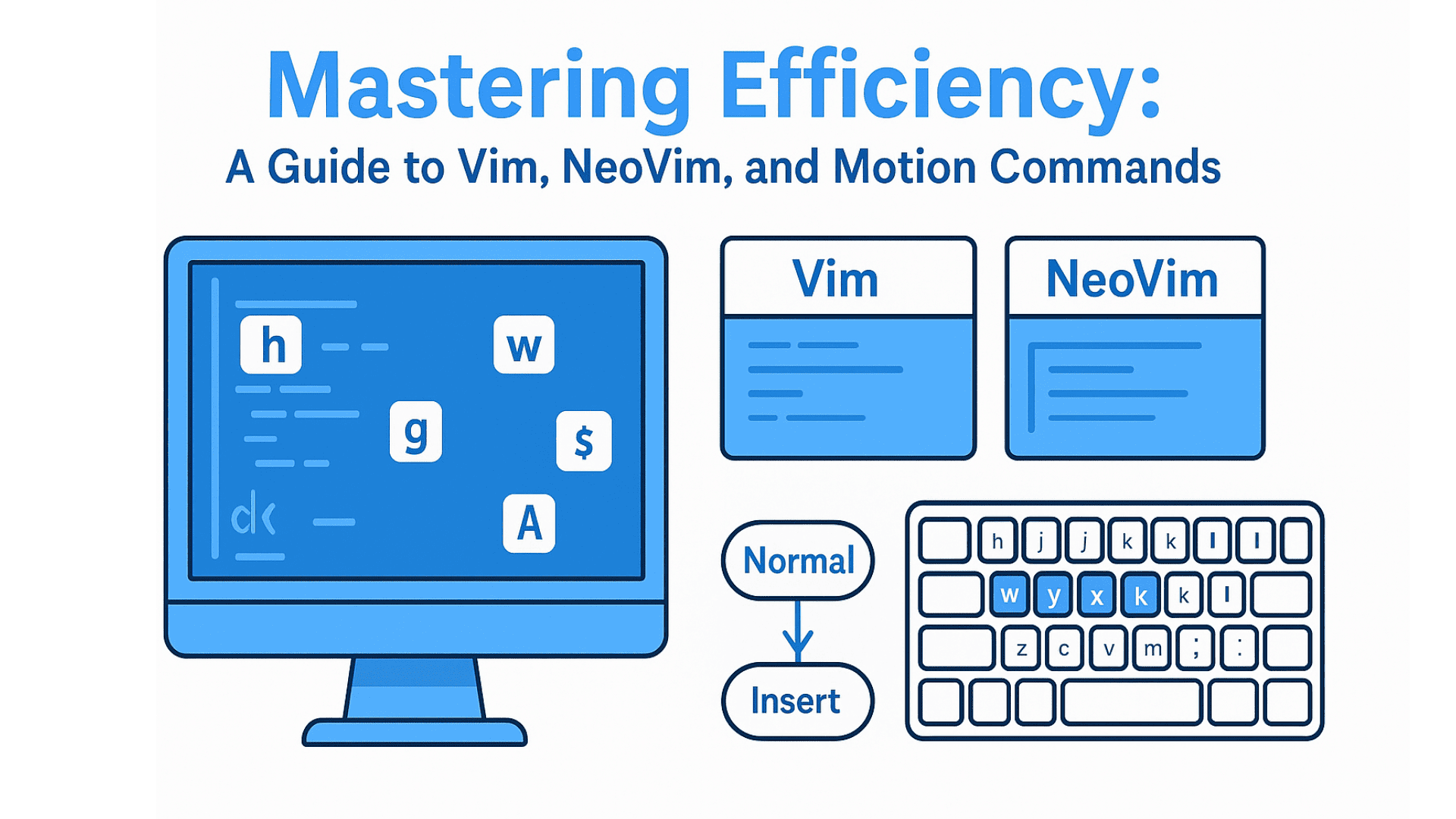Search Engine Optimization (SEO) is the backbone of online visibility. In a world where over 5 billion people use search engines daily, SEO helps your website rise above the noise. Whether you run a blog, e-commerce store, or portfolio site, mastering SEO ensures your content reaches the right audience. Let’s break down how to set up and execute effective SEO for any website.
1. Setup: What You Need to Get Started
Before diving into SEO tactics, ensure your website is optimized for both users and search engines. Here’s what you’ll need:
a. A Functional Website
- Platform Choice: Use a user-friendly CMS like WordPress (ideal for blogs and portfolios), Shopify (for e-commerce), or custom website built from scratch using something like laravel (for controll).
- Domain & Hosting: Choose a reliable hosting provider and a domain name that reflects your brand (e.g., yourbrand.com).
b. Essential Tools
- Google Search Console: Monitors your site’s performance in Google Search and identifies crawl errors.
- Google Analytics 4: Tracks user behavior on your site (e.g., bounce rate, session duration).
- Screaming Frog SEO Spider: Crawls your site to identify technical issues like broken links or missing meta tags.
- Grammarly / Hemingway Editor: Ensures your content is clear, error-free, and easy to read.
c. Website Structure
- Implement a clean URL structure (e.g.,
yourbrand.com/services/seoinstead ofyourbrand.com/index.php?cat=123). - Create an XML sitemap and submit it to Google Search Console.
2. The 6-Step SEO Process
Step 1: On-Page Optimization
This is about making your content search-friendly.
- Keyword Research: Use tools like Ahrefs, SEMrush, or Google Keyword Planner to find relevant keywords (e.g., “how to improve website speed”).
- Optimize Meta Tags: Write compelling meta titles and descriptions (e.g.,
“Top 10 SEO Tips for Beginners | YourBrand”). - Use Headers: Structure content with
<h1>(main title),<h2>, and<h3>tags to improve readability. - Alt Text for Images: Add descriptive alt text (e.g.,
“Sunset over the ocean at golden hour”).
Step 2: Technical SEO
Search engines need to crawl and index your site efficiently.
- Mobile-Friendliness: Use Google’s Mobile-Friendly Test to ensure your site works on all devices.
- Site Speed: Optimize images (use tools like TinyPNG) and leverage browser caching. Tools like PageSpeed Insights can help.
- SSL Certificate: Install an SSL (HTTPS) to secure your site—Google prioritizes HTTPS in rankings.
- XML Sitemap & Robots.txt: Submit these to Google Search Console for better indexing.
Step 3: Off-Page SEO
Build authority through external signals.
- Backlinks: Guest post on reputable sites or collaborate with influencers to earn backlinks (e.g., Backlinko for quality link-building tips).
- Social Media Sharing: Promote your content on platforms like LinkedIn, Twitter, or Instagram to drive traffic.
- Local SEO (if applicable): Claim your Google My Business listing and include local keywords (e.g., “best pizza in New York”).
Step 4: Content Strategy
Quality content is king.
- Create Valuable, Original Content: Focus on solving user problems (e.g., tutorials, guides, or case studies).
- Update Old Content: Refresh outdated pages to maintain relevance (e.g., update a 2019 SEO guide with 2023 insights).
- Use Internal Linking: Connect related topics (e.g., link to “how to write SEO-friendly content” from a blog post on keyword research).
Step 5: User Experience (UX)
Search engines prioritize user satisfaction.
- Fast Loading Speed: Use tools like Google PageSpeed Insights to track performance.
- Clear Navigation: Ensure visitors can find what they need quickly (e.g., a simple menu with categories).
- Engaging Content: Use multimedia (videos, infographics) to enhance user experience.
Step 6: Monitor & Adjust
SEO is an ongoing process.
- Analyze Performance: Use Google Analytics and Search Console to track traffic, bounce rate, and keyword rankings.
- A/B Testing: Experiment with headlines, layouts, or calls-to-action to see what works best.
- Stay Updated: Follow SEO trends (e.g., Google’s Core Web Vitals updates) and adapt your strategy.
3. Tools & Resources for SEO Success
| Tool | Purpose | Best For |
|---|---|---|
| Google Search Console | Track search performance & fix crawl errors | All websites |
| Screaming Frog SEO Spider | Audit technical issues (e.g., broken links) | Websites with over 1,000 pages |
| Ahrefs / SEMrush | Keyword research & backlink analysis | SEO teams and bloggers |
| Yoast SEO / Rank Math | On-page optimization plugins | WordPress users |
| UptimeRobot | Monitor site uptime and downtime | E-commerce and critical sites |
| Google PageSpeed Insights | Measure and improve site speed | All websites |
4. Tips for Success
- Focus on User Intent: Align your content with what users are searching for (e.g., “how to” guides vs. informational pages).
- Avoid Black-Hat Tactics: Practices like keyword stuffing or buying backlinks can lead to penalties.
- Build a Content Calendar: Plan and publish consistently (e.g., 1–2 blog posts per week).
- Leverage Video SEO: Optimize videos for YouTube with titles, descriptions, and tags.
Final Thoughts
SEO is a marathon, not a sprint. By combining technical optimization, quality content, and strategic backlink building, you’ll gradually climb the search engine rankings. Remember to adapt as algorithms evolve and prioritize user experience above all else. Whether you’re a beginner or an advanced marketer, the key is consistency and a long-term mindset.
Start small, track your progress, and let data guide your decisions. With persistence, your website will become a trusted destination in its niche—ranking high and driving real results.
Ready to boost your SEO? Start today with the tools and strategies outlined above, and watch your online presence soar! 🚀
Need help choosing a CMS or optimizing an existing site? Contact me via email, LinkedIn, or at DSRPT I’m here to help!



